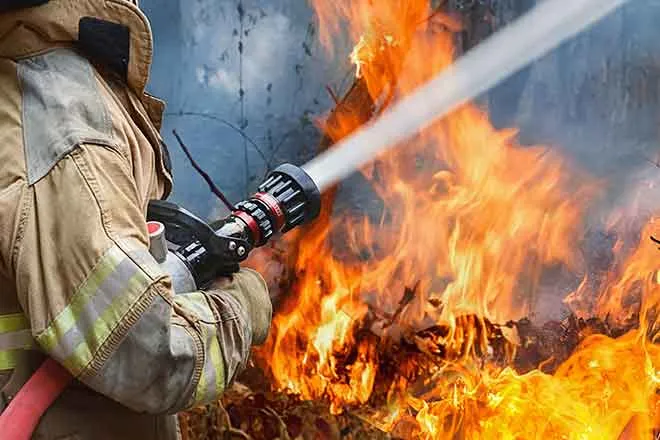
Rural New Mexico struggles to prevent, treat drug overdoses
Click play to listen to this article.
(New Mexico News Connection) More than 1,000 New Mexicans die from drug overdoses each year, and while there's been a slight drop in overdoses from opioids nationwide, it's mostly offset by those from cocaine and other stimulants.
James Besante, chief medical officer at the Santa Fe Recovery Center, said the opioid crisis is evolving - sometimes described as "waves." Now in its fourth wave, he said the nearly 4 percent decrease reported by the Centers for Disease Control and Prevention is good news, but doesn't reflect what he's seeing on the ground. He noted that it's common that multiple drugs are involved in overdose deaths.

"Increasingly we are seeing individuals overdose on substances other than opioids," he said, "where their substance has been adulterated with an opioid like fentanyl."
When the United States' opioid crisis was at its peak, New Mexico was sixth among the 50 states for overdoses - about 50 individuals per 100,000 people. If preliminary CDC data showing opioid deaths decreased in 2023 is confirmed, it would be the first annual decrease in drug-overdose deaths since 2018. Besante said any success is good news and offers hope to suffering individuals and families.
About 30 percent of New Mexico residents live in rural counties, which Besante said are medically underserved - with fewer treatment centers and providers prescribing life-saving medications.
"While in some areas of the country we've seen an explosion of tele-medicine, tele-addiction treatment - that has not found its way into very rural communities," he said, "and oftentimes the local pharmacy is not stocking the medications that are prescribed."
In 2021, almost 107,000 drug-overdose fatalities occurred in the United States. West Virginia was the hardest-hit state, approaching twice the number in New Mexico. Besante saif approximately 25 percent of clients at the Sante Fe treatment center are unhoused and don't have health insurance.

















